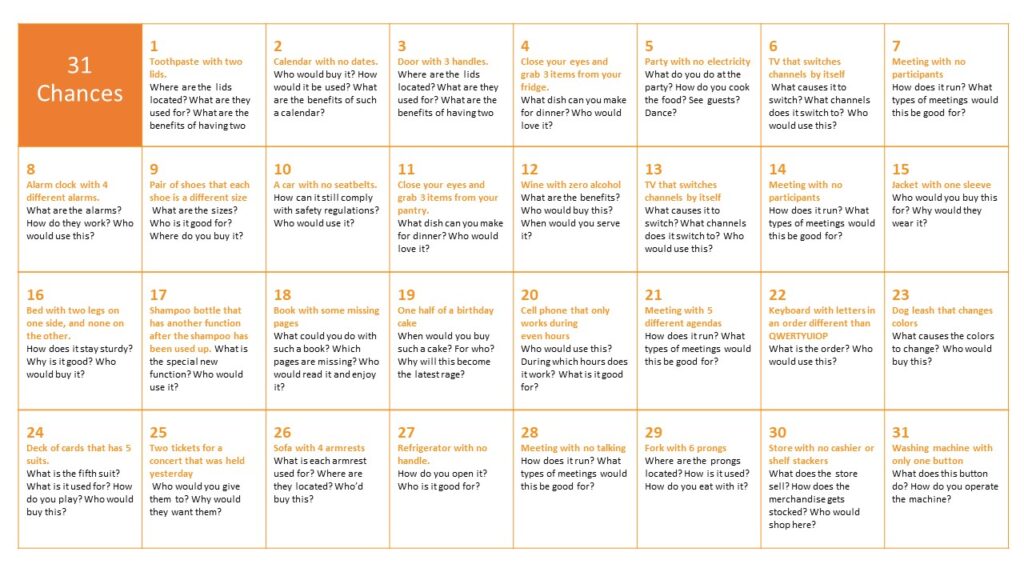What if you had a huge discovery in front of you but missed it?
Imagine the world today if Fleming would have glanced at the mold on a culture plate, said “Gross!”, and thrown it away. Or if Spencer took the melted candy bar from his pocket after standing in front of an active radar set, and thought to himself – darn, every time I work on this project I lose my snack! And went to the vending machine for pretzels or chips instead.
History is full of inventions triggered by “lucky” accidents. Post-it® notes, chocolate chip cookies, X-rays, Teflon – the width and breadth of these discoveries demonstrate that stumbling upon these opportunities could happen to anyone, but the key really is in their recognition. It’s been said that Spencer wasn’t the first to notice the heating phenomenon, but that he was the first to investigate and experiment.
Accidental inventions share a common storyline: First, a bizarre, unexpected situation is imposed. This is followed by “What the heck?” or “What am I supposed to do with this?”. Then, there’s an Aha moment where a new functionality is found.
In innovation terminologies, this sequence is coined ‘Function Follows Form’
Ten-second historical overview: In the late 19th and early 20th century the architectural Bauhaus movement gained popularity for its Form Follows Function design approach – first understand the desired function and then create the form to deliver it.
Then, in the early ’90s, a group of psychologists[1] made an interesting discovery. When it comes to creating, people are innately better at uncovering the potential benefits of a given form rather than creating a new form to satisfy a given need. Meaning, it’s easier for us to come up with a new use for something that we already see, whereas we struggle to imagine a totally new design. This discovery spurred a reverse thinking approach: Function Follows Form. This approach encourages us to first create a virtual situation (form) and then explore its potential benefits (function).
In all honesty, unlike Fleming, I would have chucked that culture plate. Or distractedly looked at my phone while salvaging my melted candy bar. Let’s be honest, things go haywire all the time. But the point is when they do – how do we respond? Do we shelf things or do we take a second look to assess its potential value (perhaps different than originally intended, but value nonetheless)?
I invite you to join the FFF March Challenge (FFFMC). For each day of the month, there is a bizarre form on which to practice finding value and turn it into a real invention. By adopting FFF as an innovation mindset we can have our minds trained not to brush an opportunity off our lap when it falls in it.

[1] Finke, R.A., Ward, T.B., Smith, S.M. (1992). Creative cognition: Theory, research, and applications. Cambridge, MA: MIT Press
